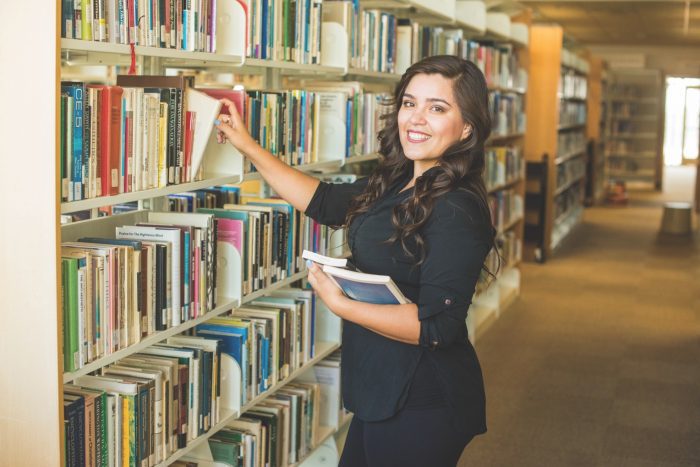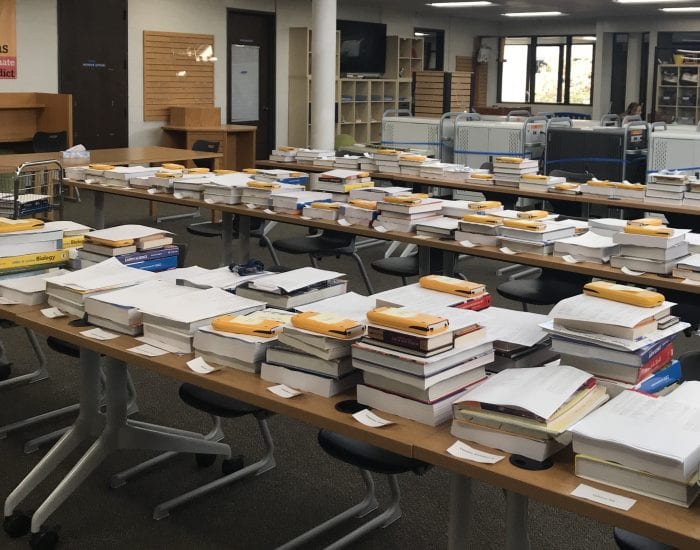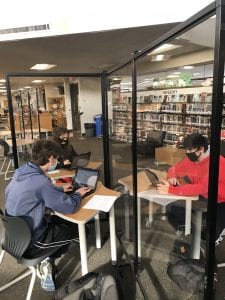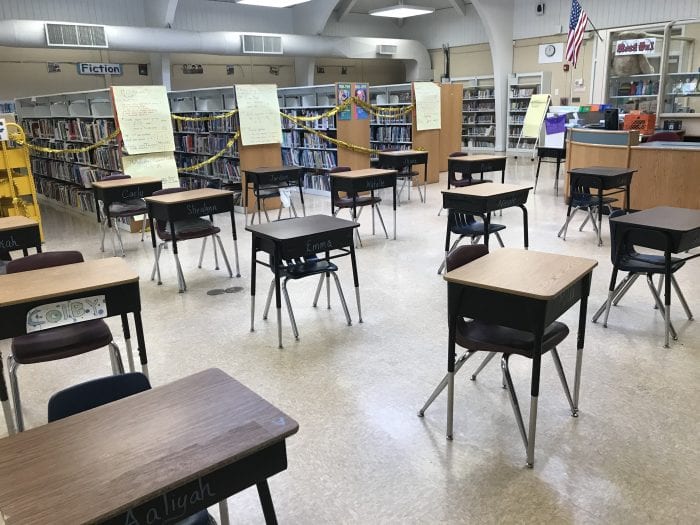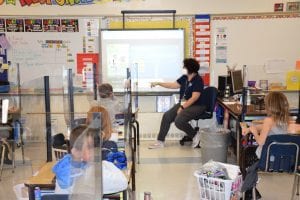Most professionals have some formal education, specialized knowledge or years of training in their field. Librarians are no different.
So why are librarians across the nation being challenged on their collection choices in public libraries?
A recent article in The New York Times, “With Rising Book Bans, Librarians Have Come Under Attack,” delved into the issues these public servants have faced as more Americans look to ban books, especially those addressing LGBTQ+ rights and racial inequality.
It’s a librarian’s job to choose books and other items that cover a wide variety of topics so that all community members can find materials they can relate to or help them learn and expand their horizons. Librarians have devoted years of study, usually obtaining a master’s degree in library sciences, to properly choose the books on the shelves.
Libraries have written procedures for librarians to follow when choosing collections. They weigh the opinions of critics and reviewers, evaluate the community’s needs and consider age appropriateness, among other criteria.
The books they choose and place on the shelves are sacred. Not all may be award worthy or to everyone’s liking. Still, the authors have taken their time to share their experiences, knowledge, imagination or all of these to let readers know they are not alone. Books transport us, taking us on an adventure, educating us in the process.
It’s for this reason that books are not to be banned or burned. They are meant to be respected. One doesn’t have to like a topic or how it’s written to accept its right to exist and Americans’ rights to read and write about what they desire.
Recently, The Smithtown Library Board of Trustees instructed all of the library’s branches to take down the Pride Month displays, which included books, in the children’s sections. After criticism from residents, New York Gov. Kathy Hochul (D) and the New York Library Association, the board reversed its decision two days later, and returned the displays to the sections.
After the reversal was voted on, board president Brianna Baker-Stines, who voted against removing the displays, said, “We need to trust the staff we hired.”
Some parents and guardians may be troubled by what they see in the young adult and children’s sections based on what they feel comfortable with, but they must remember that public libraries are not just for them — they are for everyone in their community and everyone has different needs and comfort levels.
Everyone must feel acknowledged.
Ultimately, it’s the job of a parent or guardian to monitor what their child or teenager is reading. When it comes to younger children roaming around the library, it’s up to those same adults to monitor them, and they have every right to steer their children away if they feel they may see or grab a book that the particular child may not be ready for.
Yes, sometimes an image of seeing someone different from them may prompt a little one to ask questions. When an adult welcomes a child into their world, whether they like it or not, answering questions comes with the territory. It’s their job.
As adults, we have an obligation to assimilate our youth into our increasingly diverse, intricate adult world. We do children no favors by shielding them from the realities of 21st-century life. And our public librarians serve a vital function in bringing attention to those realities.
It’s not up to librarians to choose books for you or your child specifically. That happens when you check out a book. It is their job to provide a variety of material to educate and entertain the community as a whole. Let them do the job that they are trained to do.

